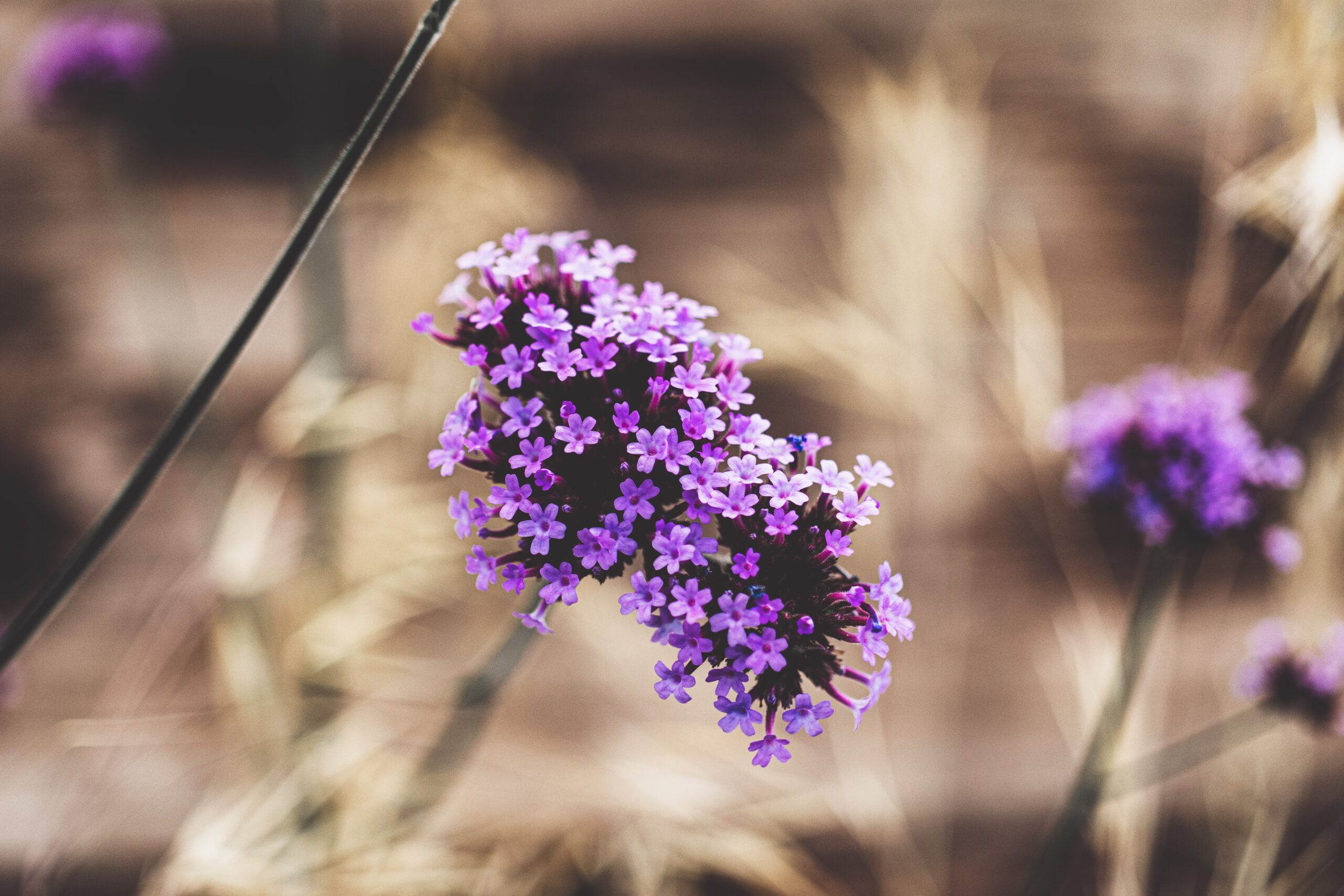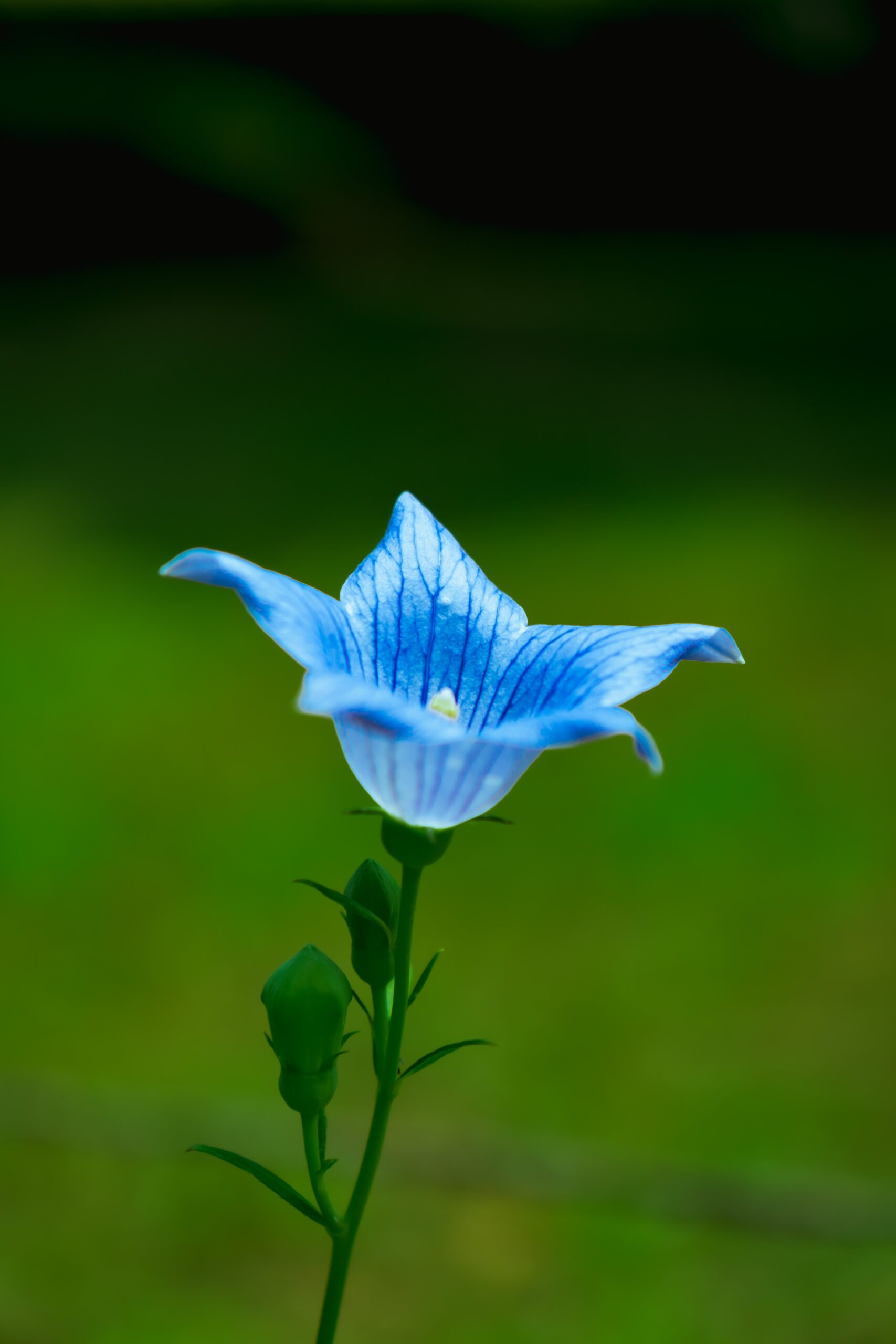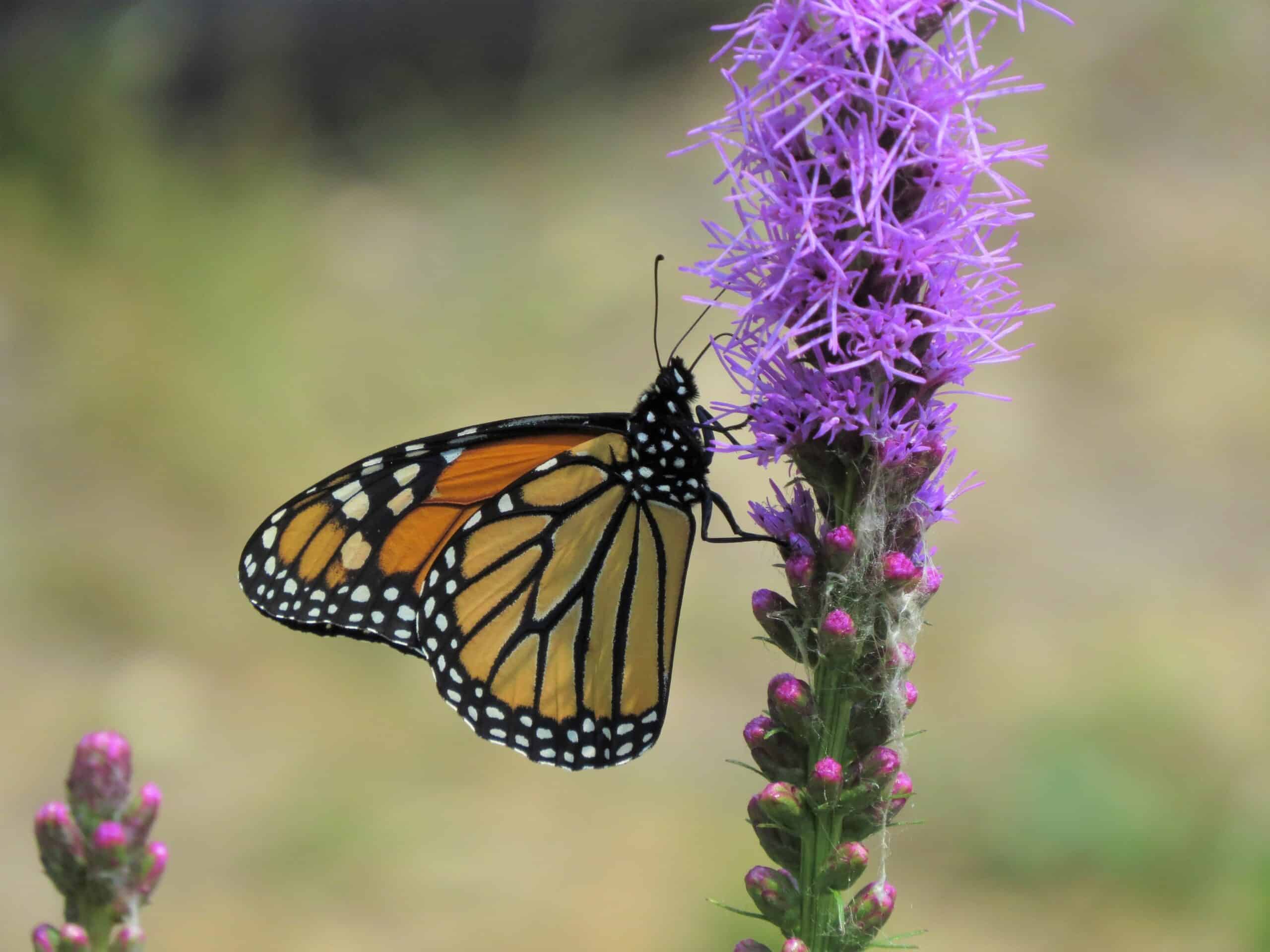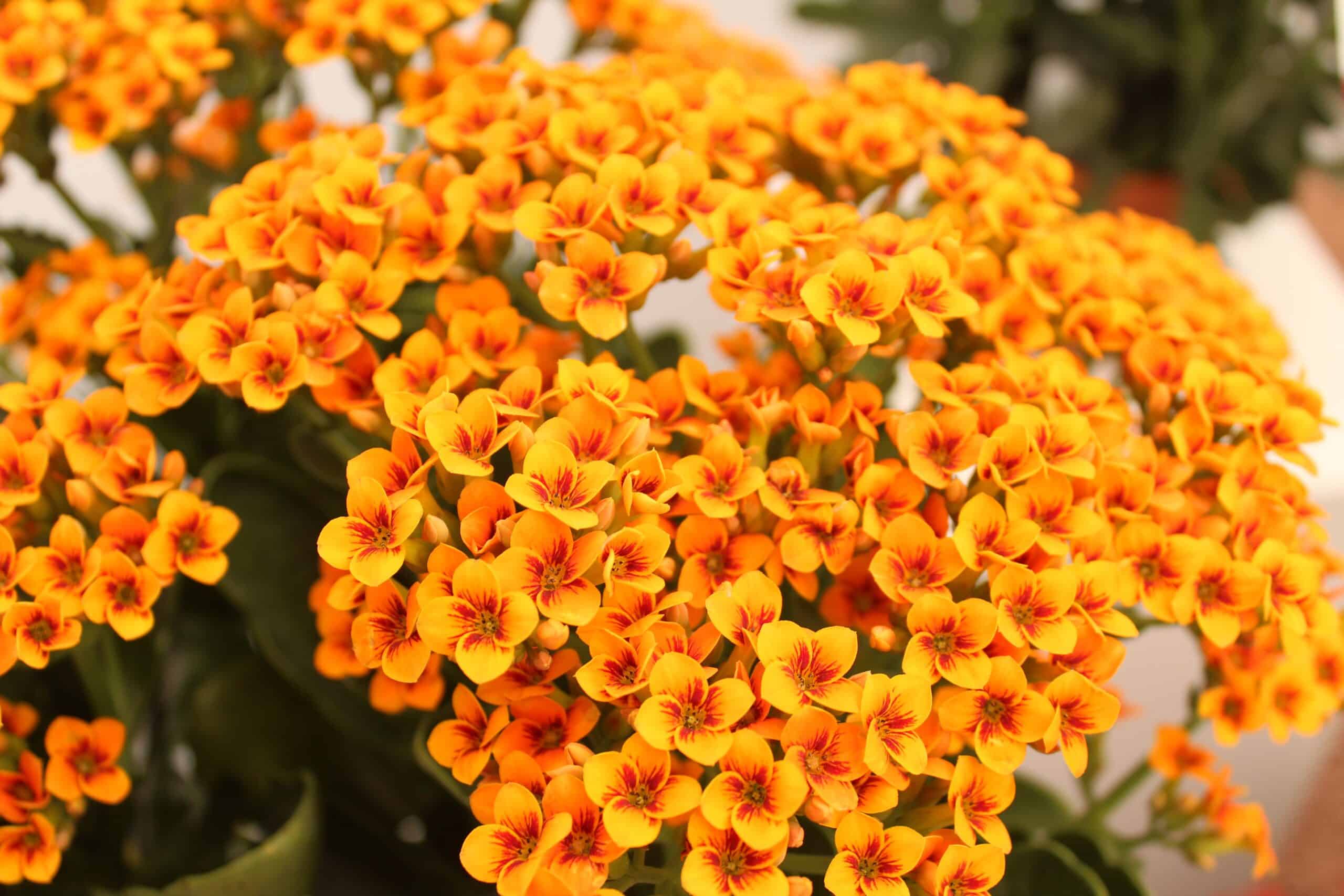The word “verbena” comes from the Spanish verbena, meaning “bouquet.” In English, it refers to both the flower and the herbaceous perennial plant known as verbena. The verbena plant is native to South America and Mexico. In Spanish, it is called “verbena,” while in English, it is known as “verbenas.” Verbena is a member of the Verbenaceae family and grows best in full sun. It blooms throughout summer and produces large clusters of small flowers. The verbena plant is easy to grow and attractive to butterflies. It attracts many different types of pollinators, including bees, beetles, flies, moths, hoverflies, hummingbirds, and even bats. This makes verbena one of the most popular garden plants. But there are some things you should know about verbena care.
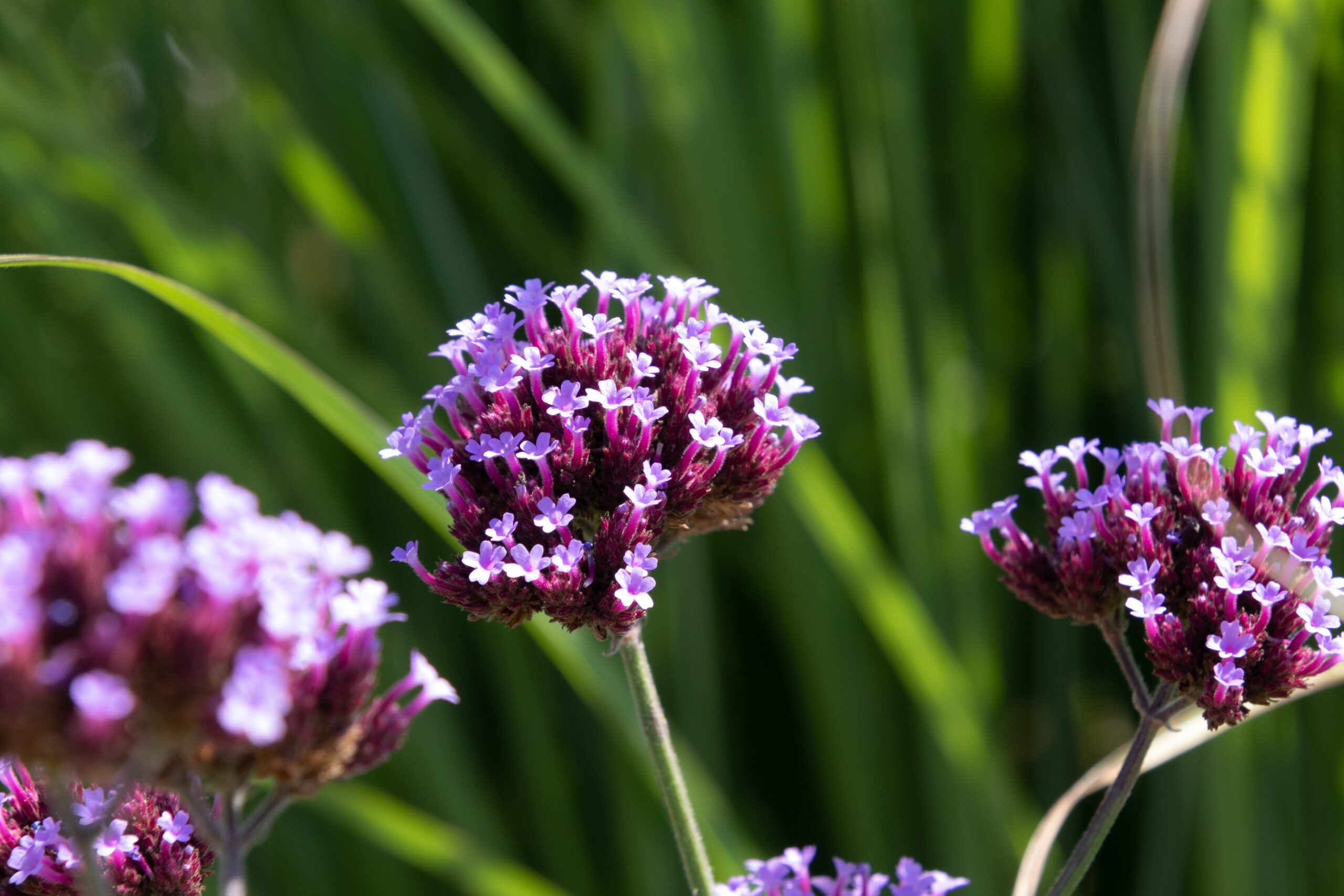
How to Grow and Care for Verbena
When to plant
Verbena is a perennial that can be planted from spring through fall. It grows best when it’s warm enough to bloom but not too hot. The flowers appear in early summer, usually around mid-June in most North America. In cooler climates, you may see them earlier or later. If you belong in an area where temperatures drop below freezing during winter, you’ll want to wait until spring before planting your verbena.
How to plant verbena
Starting seeds indoors about six weeks before the last frost date is best. Seedlings germinate quickly and grow rapidly. You can transplant seedlings outdoors after all danger of frost has passed. To avoid problems such as pests and diseases, keep the soil moist for at least two weeks before transplanting.
Plant in full sun and well-drained soil. Space plants 12 inches apart within rows 18 inches apart. After the first year, increase spacing to 24 inches between plants. Pinch out the top growth of each plant every few months to encourage bushy growth. Use a sharp knife to cut the flowering stems in half to promote more blooms. Remove spent flower stalks once they turn brown.
Verbena is easy to grow from seed and can be planted in early spring or fall. It needs sun but not too hot, and should be watered regularly. The flowers last well if cut back after flowering.
Best Places to Grow
To select the best place to put your verbena, consider these options:
- Plant in a sunny spot near a window or porch.
- Try growing it in pots on a patio or deck.
- Place it among other perennials in a border or rock garden.
- Or try planting it under trees or shrubs.
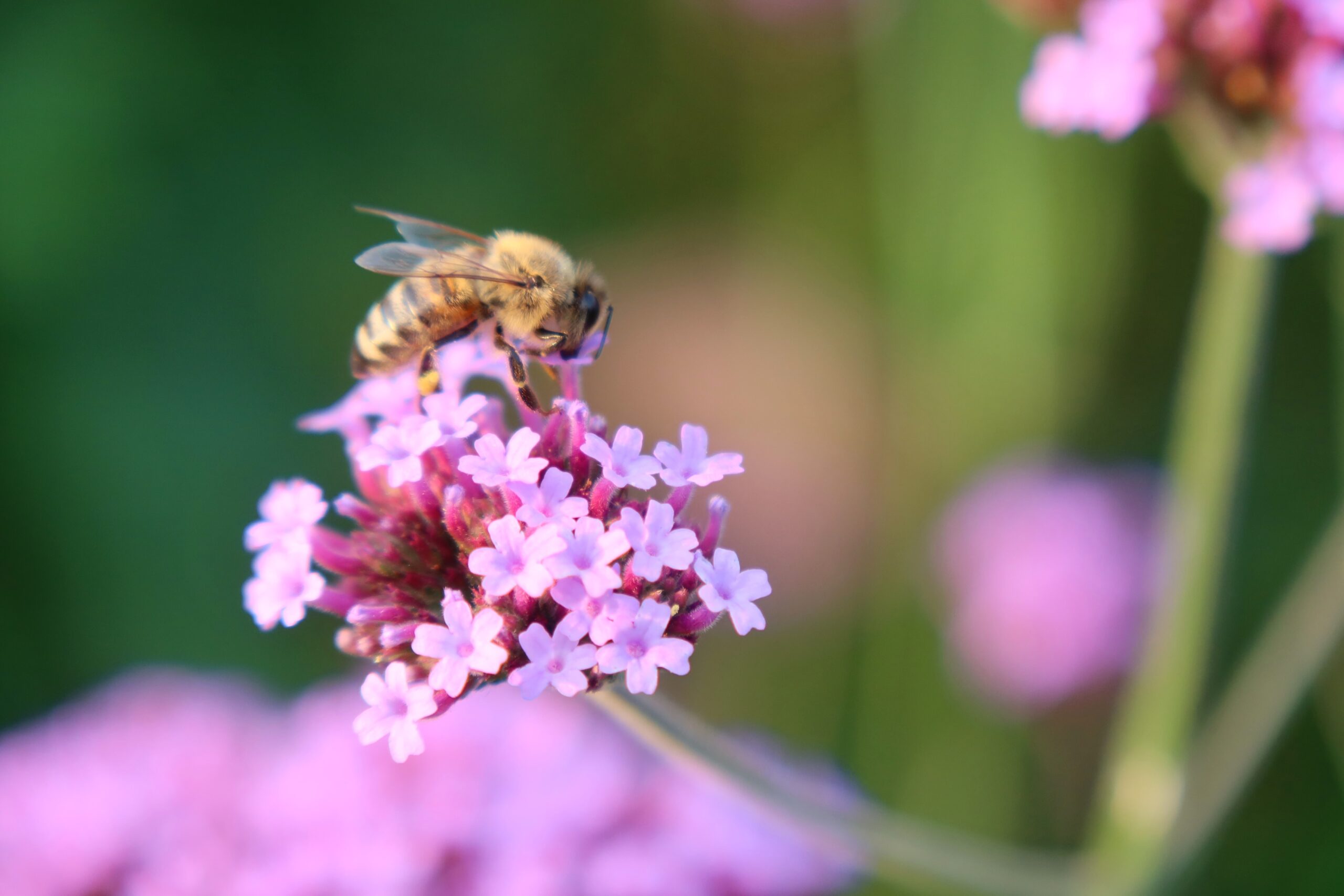
How to Grow Verbena From Seed
If you want to grow verbena from seed, it’s best to start them indoors six weeks before planting them in the garden. They like bright light but not direct sunlight, so place them near a south-facing window. The seeds should germinate within 2–3 days. When you find the seedlings have two sets of true leaves, transplant them into individual pots or small containers.
Verbena Care
Plants like verbena require high water levels, but if you’re growing them indoors, it’s easy to forget to give them enough. If you want to grow your own, choose a plant that does well in pots.
- Light
Verbena likes lots of light but doesn’t need much. Direct sunlight can burn the foliage, so position your plants away from windows. Indoors, use fluorescent lights.
- Soil
The ideal soil for verbena is rich, loamy soil with plenty of organic matter. Avoid peat moss because it contains nutrients that can leach out over time. Instead, add compost to the potting mix.
- Water
Keep your plants well-watered throughout their lifecycle. Water deeply and let dry out between waterings. Don’t overwater, however, because this encourages root rot.
- Temperature and Humidity
When grown indoors, verbena prefers a temperature range of 70°F to 90°F (21°C to 32°C). If you live in cold weather, you might want to move your plants outside in late spring or early summer.
- Fertilizer
Verbena requires fertilizer only when you see yellowing leaves or signs of disease. Add a slow-release fertilizer to the soil around the base of the plant every month or so.
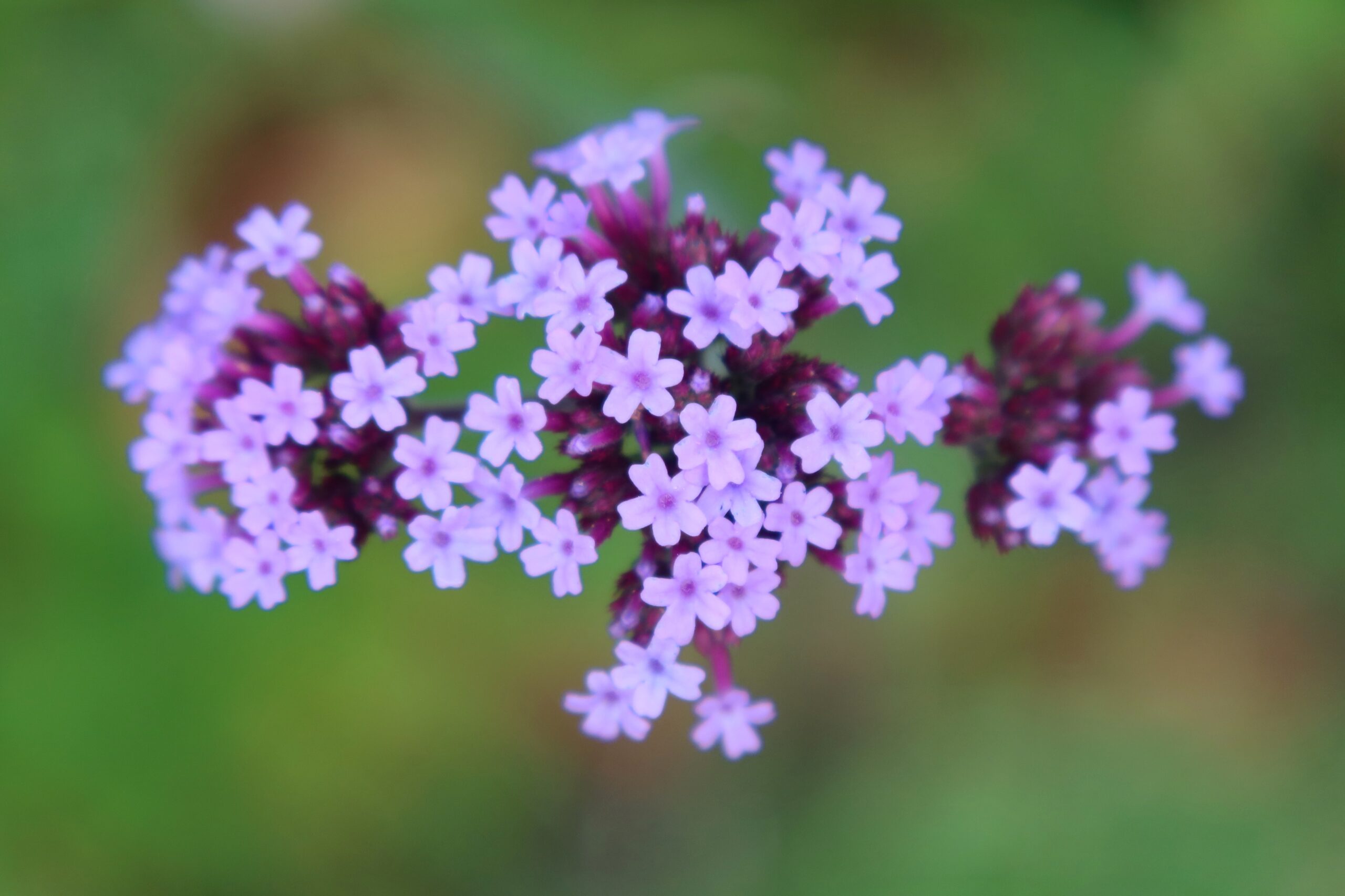
Pruning Verbena
To maintain healthy growth:
- Prune verbena every 3–4 years.
- Cut off dead or damaged plant parts to prevent the disease from spreading.
- Prune out old woody stems to allow new shoots to develop.
Propagating Verbena
The best way to propagate verbena is by seed. If you want to start with cuttings:
- Wait until the plant has at least two leaves before doing this.
- Take a cutting from the stem just above a leaf node, and place it into a potting mix that drains well.
- Keep the soil moist but not wet, and keep the temperature between 60°F and 70°F (15°C–21°C).
After a few weeks, you should find new growth appear. Once the plant is growing vigorously, repot it into a larger pot.
Potting and Repotting Verbena
If you’re growing verbena in pots, repot it every year in springtime. This is because the plant needs to grow new leaves before flowering, which happens in summer. The old leaves die off and fall away naturally.
Pests and Diseases Affecting Verbena
Several pests and diseases affect verbena. Aphids cause unsightly green bumps on the underside of leaves. You can get rid of aphids by spraying insecticidal soap on infested plants. To control whiteflies, spray neem oil on the undersides of the leaves.
Another pest is the Colorado Potato Beetle. These beetles feed on potato tubers, causing holes and brown patches on the leaves. Remove affected plants immediately.
Verticillium wilt causes wilted leaves and, eventually, the death of the entire plant. Spray infected plants with a copper fungicide such as Bordeaux mixture.
What we love from Amazon this week
Buy these wonderful flowers directly from Amazon:


